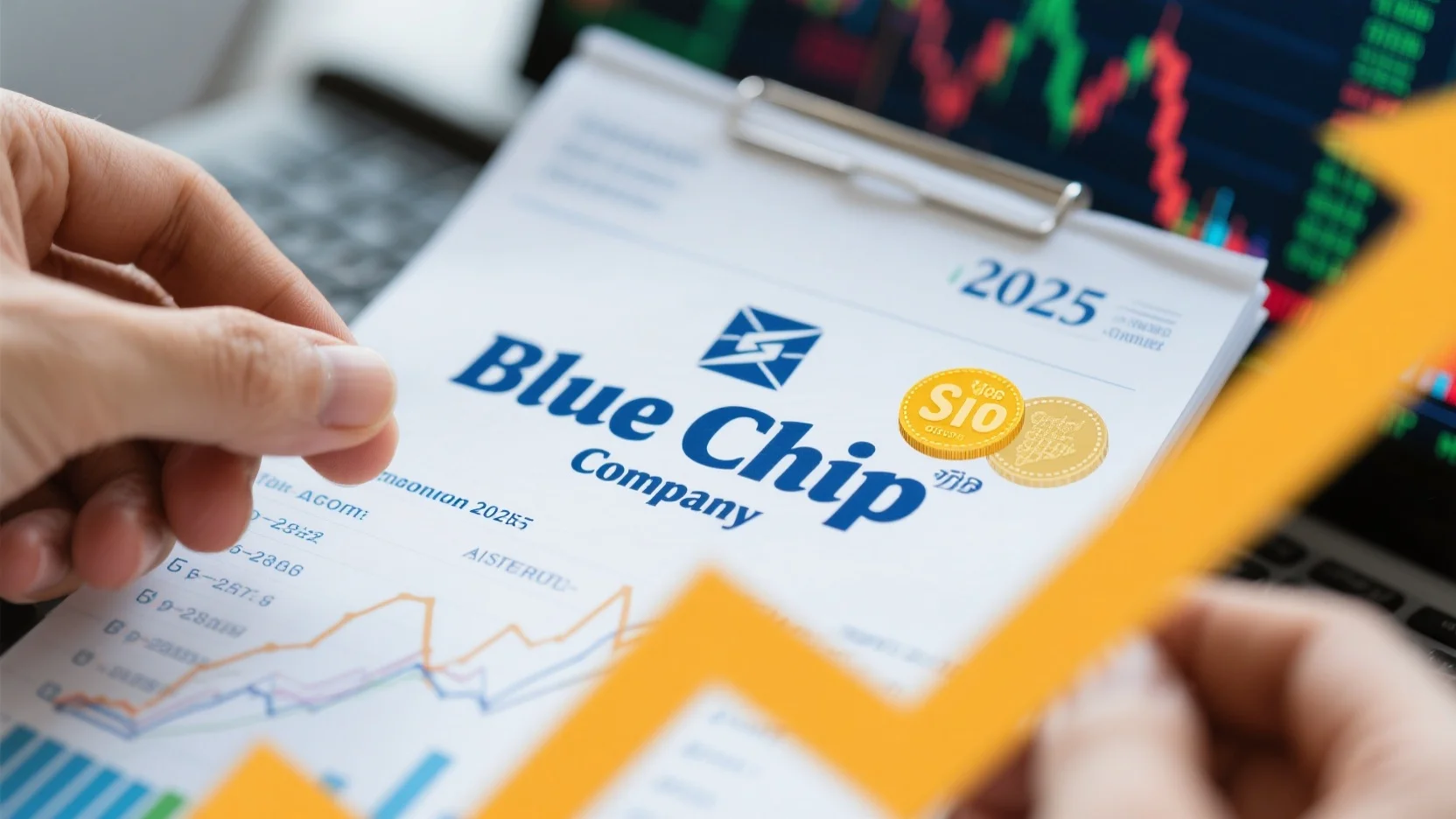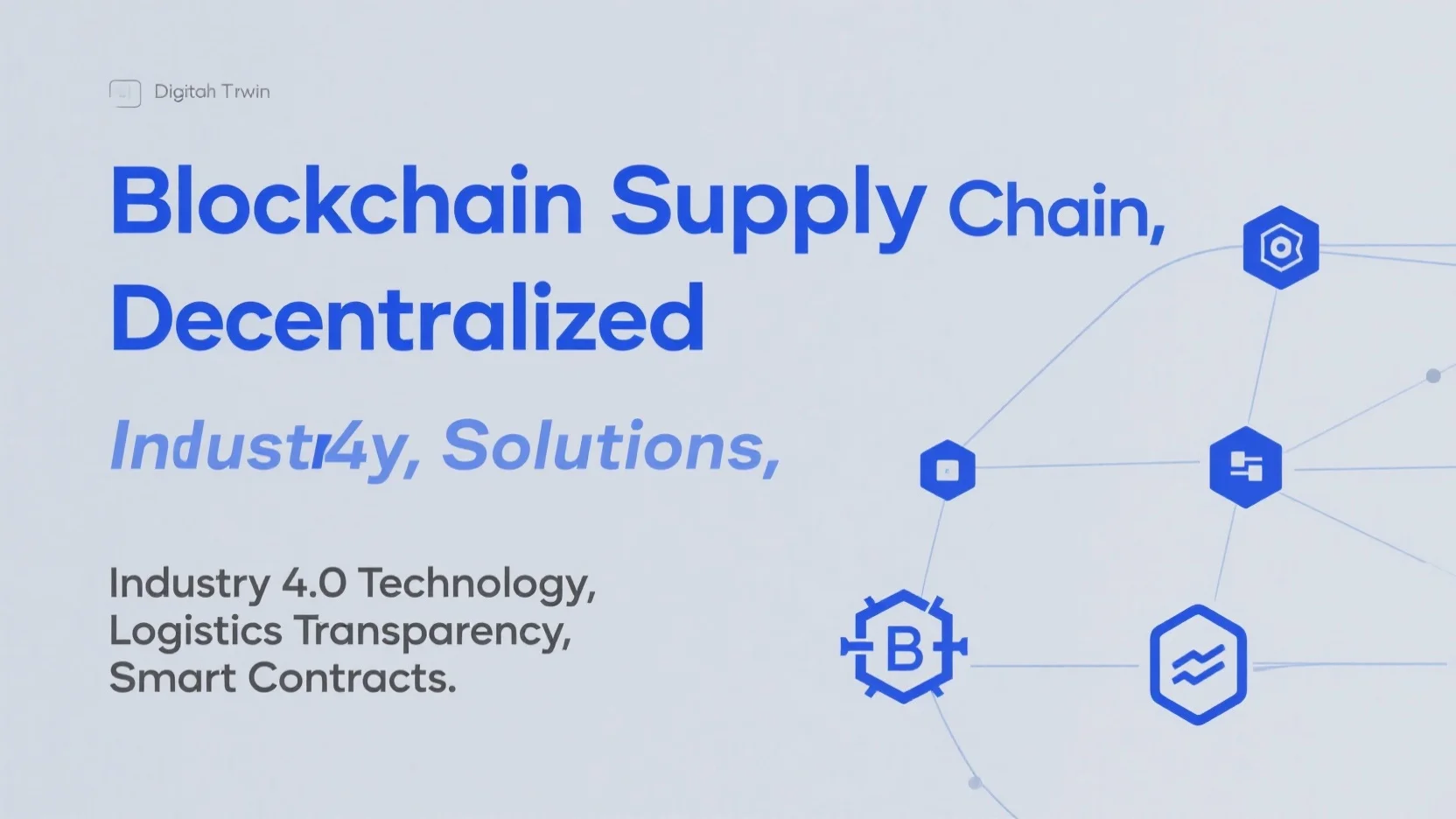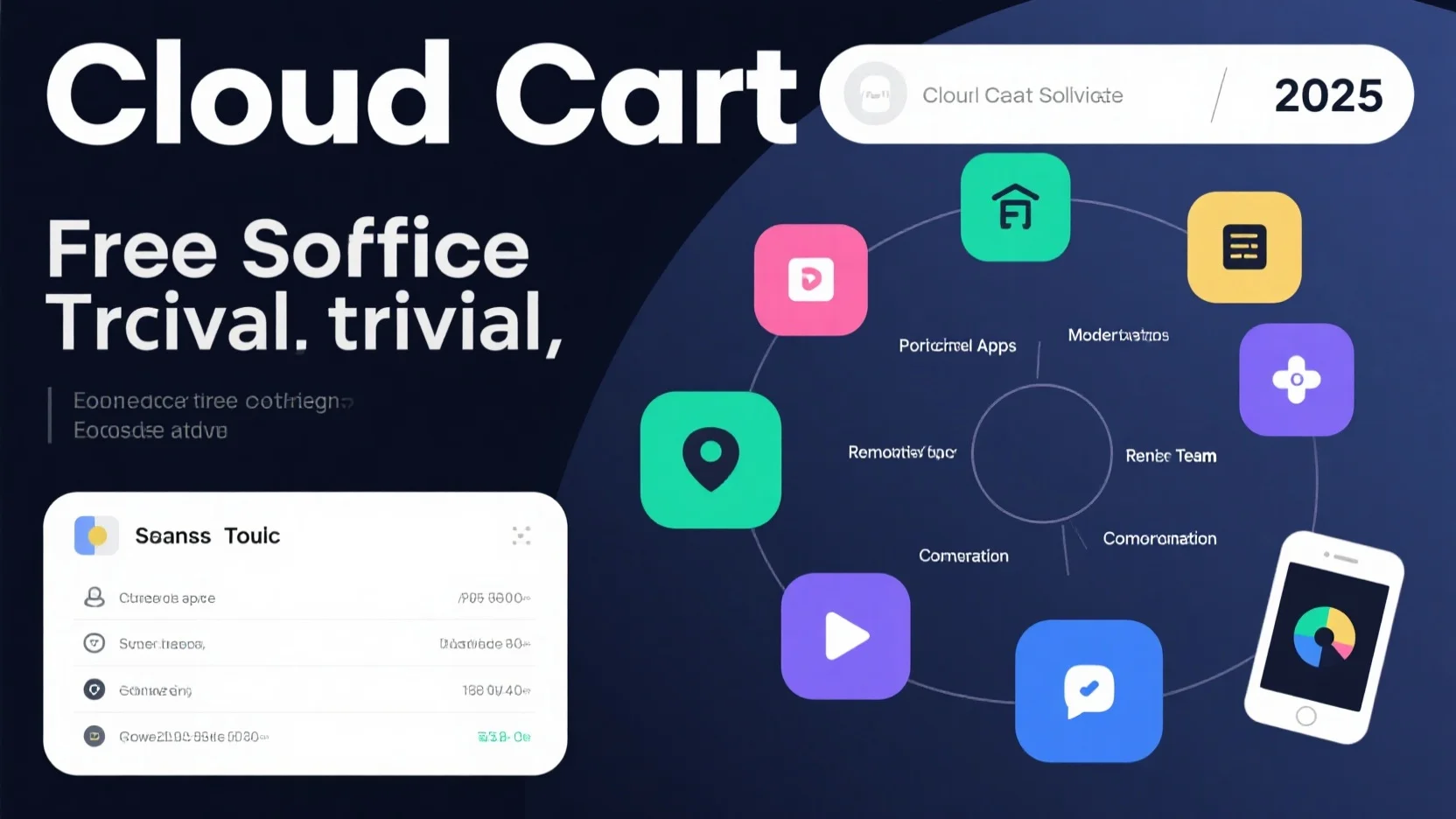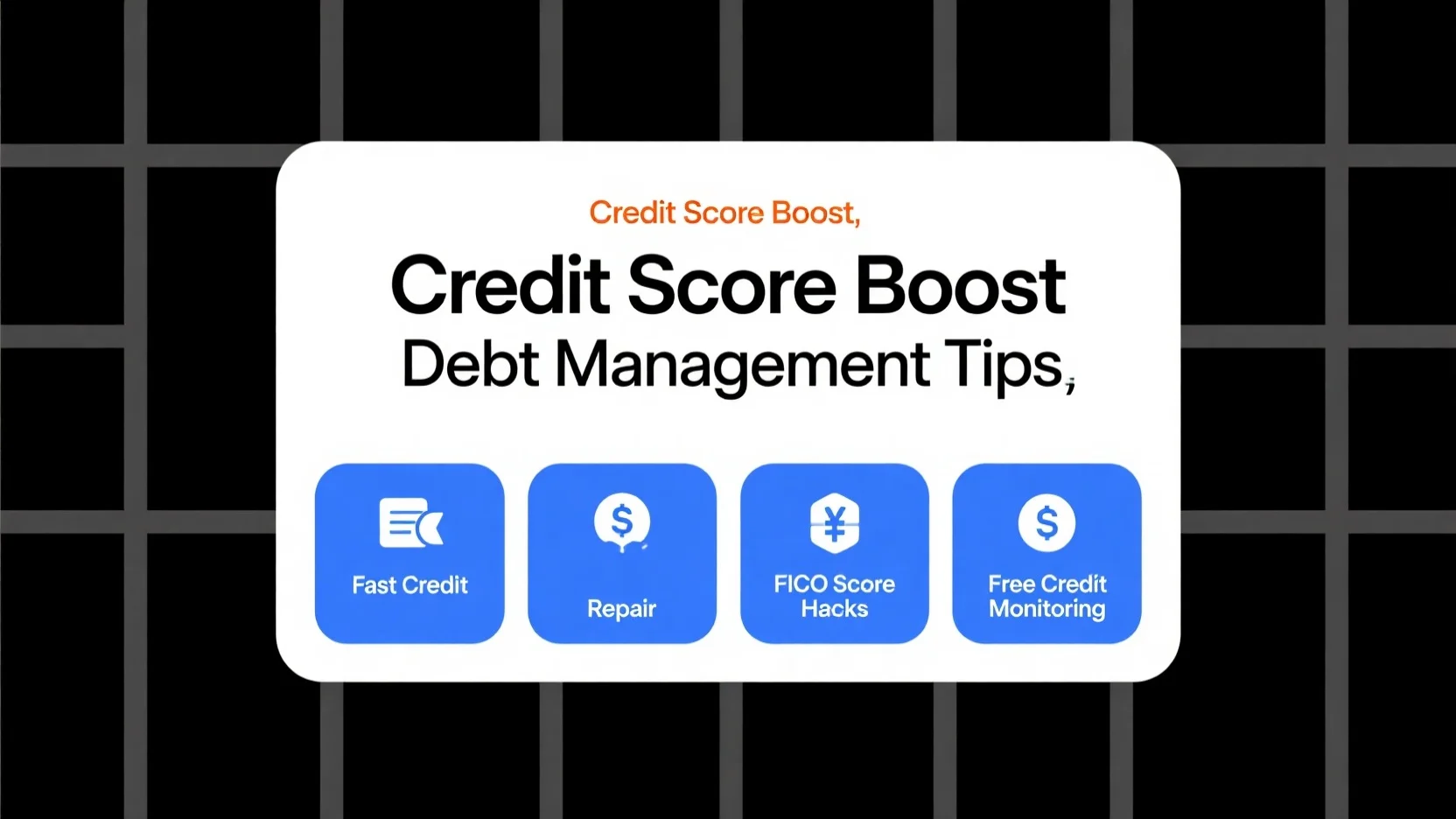Image Source: pexels
Businesses create huge amounts of data every day. Data tools help change this raw data into useful ideas for success. These ideas help businesses make smart choices and reach their goals.
- 81% of businesses think data should guide their plans.
- Useful ideas show patterns, trends, and chances hidden in big data.
Data Analytics Tools: How to Turn Big Data into Actionable Insights helps businesses grow and succeed.
Key Takeaways
- Actionable insights change raw data into simple steps for decisions.
- Fixing and organizing data is key for correct analysis and results.
- Picking the best data tools helps decisions and boosts business success.
Understanding Actionable Insights
What Are Actionable Insights?
Actionable insights are ideas from data that lead to clear actions. These ideas are timely, useful, and match business goals. Unlike raw data, actionable insights focus on steps that help decisions. For example, raw data is unorganized facts, while findings show patterns. Insights go further by showing actions linked to business goals.
| Feature | What It Means |
|---|---|
| Help Decisions | Needed for making smart choices. |
| Use Resources | Need effort and tools to take action. |
| Create Change | Cause updates in how businesses work. |
Good insights are clear, useful, and specific. They should match goals and give new ideas that lead to results.
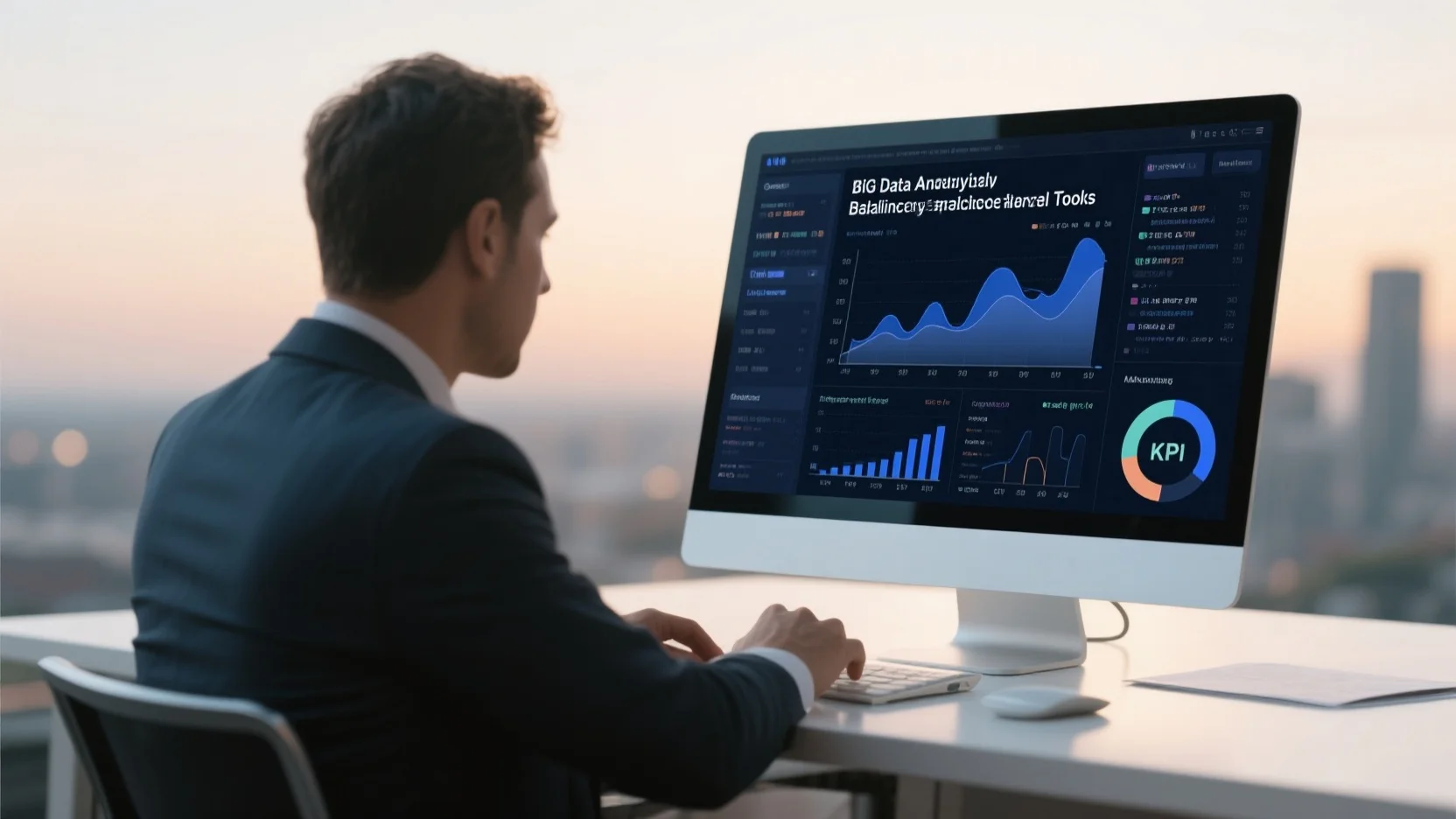
Why Actionable Insights Matter in Decisions
Actionable insights are key for smart business decisions. They show trends, find chances, and solve problems. For example, customer data can improve ads, and work data can save time. By using insights, not just raw data, businesses can make better choices.
Challenges in Finding Actionable Insights
Getting actionable insights from big data can be hard. Problems include bad data, mixing data from many places, and handling large amounts. Keeping data private and correct is also tough.
- Keeping data private (34%)
- Making sure data is correct (26%)
- Studying and using data (24%)
To fix these problems, businesses can:
- Clean data to make it reliable.
- Use tools that combine and study data easily.
- Find patterns by comparing data.
- Link findings to goals to make data useful.
By solving these issues, businesses can get the most from their data tools and turn big data into helpful insights.
Steps to Turn Big Data into Actionable Insights
Automating Data Collection and Organization
Automation makes collecting and organizing data easier and faster. It also reduces mistakes. Businesses can follow these tips to improve their data collection:
- Choosing the Right Tools: Pick tools that grow with the business.
- Proactive Planning: Plan ahead to handle more data in the future.
- Define Key Performance Indicators (KPIs): Set clear goals to measure success.
- Engage Stakeholders: Work with teams to know their data needs.
- Invest in Technology: Use tools that are flexible and can expand.
- Foster Continuous Improvement: Check processes often and ask for feedback.
By following these steps, businesses can keep their data organized and ready to use.
Cleaning and Preparing Data for Analysis
Raw data often has mistakes, duplicates, or missing pieces. Cleaning data makes it accurate and reliable. This step removes useless information, fixes formats, and fills gaps. Clean data gives better results and helps analysis work well. Businesses that focus on this step avoid wrong conclusions and get the most from their data tools.
Analyzing Data to Identify Patterns and Trends
Looking at data shows patterns, trends, and connections for decisions. Businesses can use math, machine learning, or models to find insights. For example, studying customer habits can show buying trends. This helps companies adjust their marketing plans. Finding patterns lets businesses act early and stay ahead of others.
Using Visualization Tools for Clear Insights
Tools like Tableau and Power BI turn data into easy visuals. These tools use charts, graphs, and dashboards to explain data. Users can explore data and spot trends quickly. Visuals help teams share ideas and make smart choices. By using these tools, businesses can turn data into useful insights that match their goals.
Picking the Best Data Analytics Tools
Important Features of Good Data Analytics Tools
Good data tools make it easy to turn raw data into useful ideas. They should allow real-time tracking and reports to help quick decisions. These tools also need to clean and organize data well.
Other key features include:
- Finding patterns and trends in data.
- Growing with more data over time.
- Easy to connect with current systems.
- Keeping data safe and private.
- Making charts and reports simple to understand.
By choosing tools with these features, businesses can meet their goals and improve their data work.
Popular Big Data Tools (e.g., Tableau, Power BI)
Tableau and Power BI are popular tools for working with data. Each has its own strengths and weaknesses:
| Tool | Strengths | Weaknesses |
|---|---|---|
| Power BI | – Easy to use, like Excel. | – Hard to handle complex data tables. |
| – Great for cleaning and preparing data. | – Crowded interface can be confusing. | |
| – Works well with Microsoft programs. | – Doesn’t work well on iOS devices. | |
| Tableau | – Amazing for making visuals and changing data. | – Costs more than Power BI. |
| – Links to many data sources for better insights. | – Hard to learn without advanced skills. | |
| – Strong user community for help. | – Takes time to learn tricky tasks. |
Businesses should pick tools based on what they need and can afford.
Checking Usability, Growth, and Compatibility
To pick the right tool, check how easy it is to use, if it can grow with more data, and if it works with current systems. Businesses should look at their setup to make sure the tool fits. It’s important that the tool can handle more data later without problems. Connecting it to current systems saves money and time.
To choose wisely, businesses can:
- Check how much data they have.
- Decide how fast they need data updates.
- See how much data needs to be changed.
Careful checking helps pick a tool that works now and in the future.
Strategies for Creating and Using Actionable Insights
Setting Clear and Measurable Goals
Businesses need clear goals to guide their data work. These goals should match their main objectives and show a path to success. Good goals follow the SMART method:
- Specific: Say exactly what you want to achieve.
- Measurable: Use numbers to track progress.
- Attainable: Make sure goals are realistic.
- Relevant: Connect goals to business needs.
- Time-bound: Set deadlines to stay focused.
For example, Uber and PepsiCo used measurable goals to succeed. Uber’s COTA v2 cut ticket handling time by 7%, making customers happier. PepsiCo’s Pep Worx reached 24 million homes, boosting Quaker Overnight Oats sales by 80% in one year. These examples show why clear, measurable goals matter.
Choosing Key Metrics and Focusing on Insights
Key metrics help businesses focus on what’s important. Picking the right ones ensures time and money are used wisely. Important metrics include:
- Conversion rates: Check how many users take desired actions.
- Customer acquisition cost (CAC): See how much it costs to get new customers.
- Return on investment (ROI): Measure how profitable campaigns are.
By tracking these metrics, businesses can spot trends and chances. For example, Blue Apron uses predictive tools to forecast demand accurately. This helps them make smarter choices.
Turning Insights into Plans and Checking Results
To act on insights, businesses need a clear plan. They should connect insights to goals and create step-by-step actions. Good strategies include:
- Focusing on insights with the biggest impact.
- Making detailed plans with deadlines and tasks.
- Using dashboards to see data and track progress.
Checking the results of actions is just as important. KPIs help measure success and guide changes. For example, data storytelling makes insights easy to share, so teams can act on them. By following these steps, businesses can turn insights into real results.
Data tools help businesses turn big data into useful ideas. This leads to better decisions and reaching their goals faster. A clear process ensures correct results and boosts creativity and efficiency.
Google made employee management 75% better with data tools. Coca-Cola got 4 times more clicks using personalized ads. These show how data solves problems and improves customer connections.
Starting with the right tools and clear goals gives an advantage in today’s data-focused world.
FAQ
What is the difference between raw data and actionable insights?
Raw data is unorganized facts and numbers. Actionable insights explain this data to give clear advice. These insights help make decisions and achieve specific goals.
How do visualization tools improve data analysis?
Visualization tools turn hard data into easy-to-read visuals. Charts, graphs, and dashboards show trends and findings. They help people understand data and decide faster.
Why is data cleaning essential before analysis?
Data cleaning fixes mistakes, removes repeats, and corrects errors. This step makes data accurate and dependable. Clean data leads to better results and smarter decisions.
